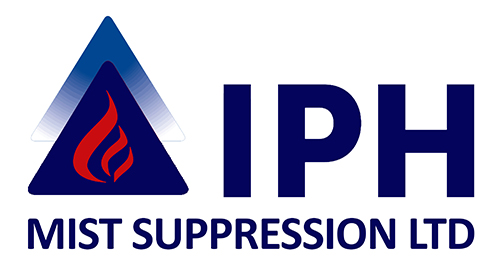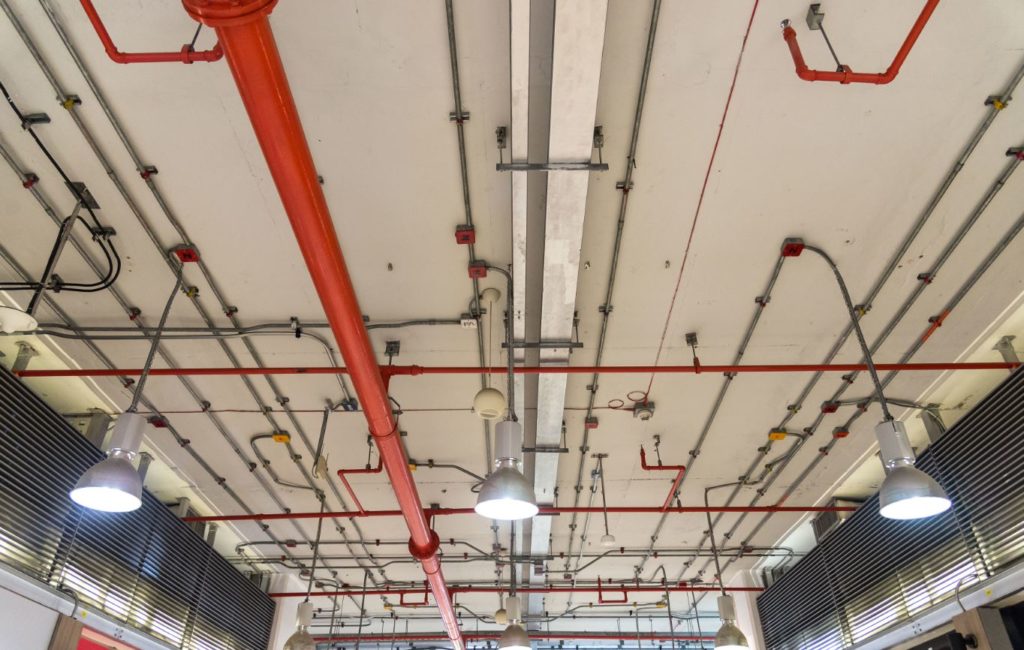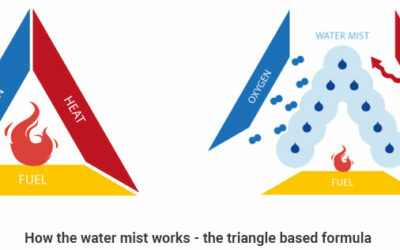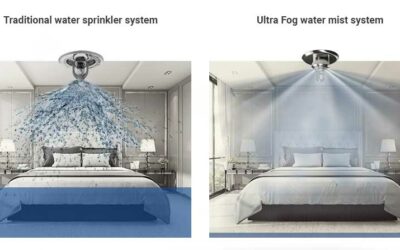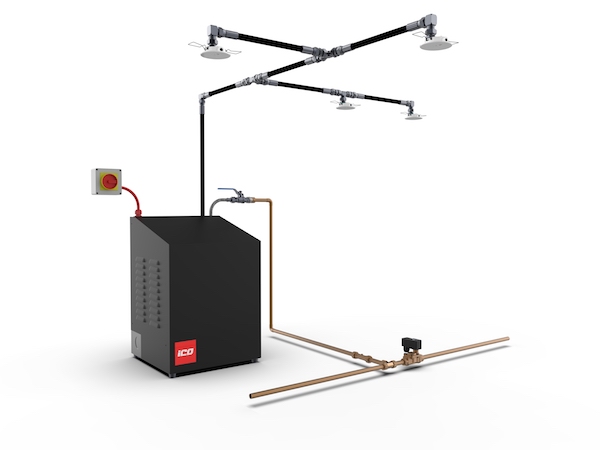A fire sprinkler is an active component of a fire protection system for a residential or commercial building. Installed in the sidewalls or ceilings, the system comprises sprinkler heads, a water distribution piping system, and a water supply. When a fire is detected, the sprinkler discharges water automatically, though smoke alone doesn’t trigger it. It extinguishes or controls the fire, so it’s both fire detection and a suppression system.
Fire sprinkler systems have operated on the same principles for more than a hundred years. But over the last two decades, a new approach to fire protection has gained substantial traction. In NFPA 13, installers won’t find water mist systems; for commercial fire sprinklers systems though, NFPA 13 is the most widely-used set of rules. However, a water mist sprinkler system follows a different set of installation and manufacturing standards that sees this application of fire suppression commonly introduced into the general residential building sector today.
Small droplets fight fire by removing oxygen and controlling the temperature
To burn, fire needs three elements: oxygen, heat, and flammable material as fuel. Many fire sprinkler systems slow down or put out fires by drenching them and the surrounding area with water, removing potential fuel and heat sources. In contrast, a water mist sprinkler system functions by displacing oxygen with steam and cooling the room temperature.
Like other fire protection systems, water mist systems use water, with a single key difference: smaller droplets. According to the National Fire Protection Association (NFPA), water mist is made up of droplets that are less than 1,000 microns diameter (1 millimeter) each. That’s almost a fifth of the size of a droplet made by regular fire sprinkler systems.
By spraying millions of tiny droplets, a large water surface area is created by water mist sprinkler systems that can reduce temperatures faster. When these small droplets come in contact with hot air, they turn into steam after evaporation. In comparison to larger water droplets, steam can absorb more heat per unit of time. This reduces the temperature of the flames rapidly. To suffocate and extinguish the fire, the steam also displaces oxygen in the room.
Water mist fire protection systems differ in purpose and design
Every water mist system creates fine sprays using water. However, only water is used by specific single-fluid systems. Others use a hybrid of air/nitrogen and water called atomizing media to develop smaller droplets. These systems are known as “twin-fluid” systems. Every water mist system is designed with at least one of the following objectives:
- Controlling fires (limiting the ceiling temperatures and size of the fire)
- Controlling temperatures
- Extinguishing fires (not leaving any burning combustibles)
- Safeguarding against fire exposure
- Suppressing fires (decreasing the rate of heat release)
Ten different types of water mist systems are described in NFPA 750. All are variations on standard fire sprinkler systems, including dry-pipe, wet-pipe, and pre-action systems. In turn, a mist sprinkler system has one of the following applications:
- Local-application water mist systems: These systems spray directly on a certain hazard or object.
- Occupancy protection systems: These systems are installed throughout a portion of a building or the whole building.
- Total compartment application water mist systems: Every nozzle (sprinkler head) activates simultaneously, offering complete protection of a space or an enclosure.
- Zoned application systems: A variation of total compartment application systems. These systems activate throughout a particular region or zone within a particular space.
